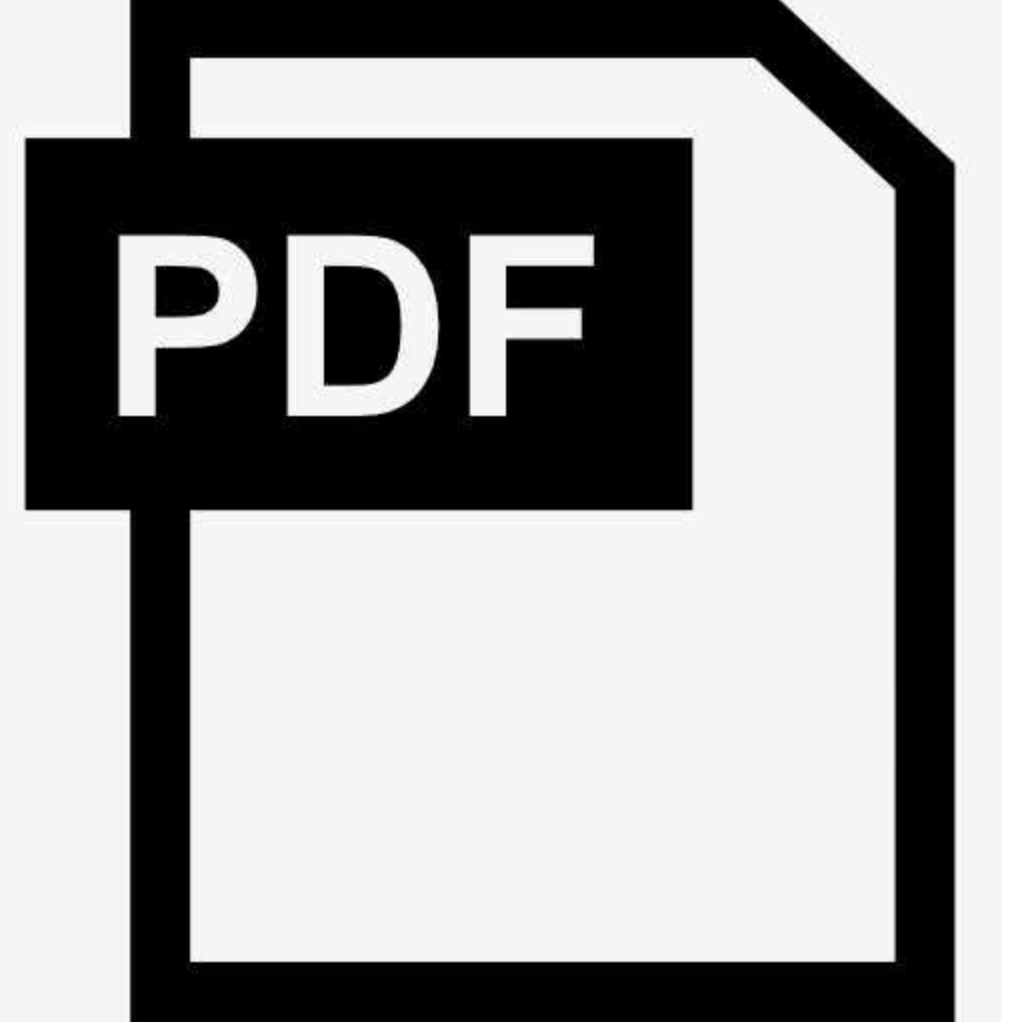Generative Pretraining From Pixels
Mark Chen,u00a0Alec Radford,u00a0Rewon Child,u00a0Jeffrey Wu,u00a0Heewoo Jun,u00a0David Luan,u00a0Ilya Sutskever
Inspired by progress in unsupervised representation learning for natural language, we examine whether similar models can learn useful representations for images. We train a sequence Transformer to auto-regressively predict pixels, without incorporating knowledge of the 2D input structure. Despite training on low-resolution ImageNet without labels, we find that a GPT-2 scale model learns strong image representations as measured by linear probing, fine-tuning, and low-data classification. On CIFAR-10, we achieve 96.3% accuracy with a linear probe, outperforming a supervised Wide ResNet, and 99.0% accuracy with full fine-tuning, matching the top supervised pre-trained models. We are also competitive with self-supervised benchmarks on ImageNet when substituting pixels for a VQVAE encoding, achieving 69.0% top-1 accuracy on a linear probe of our features.


